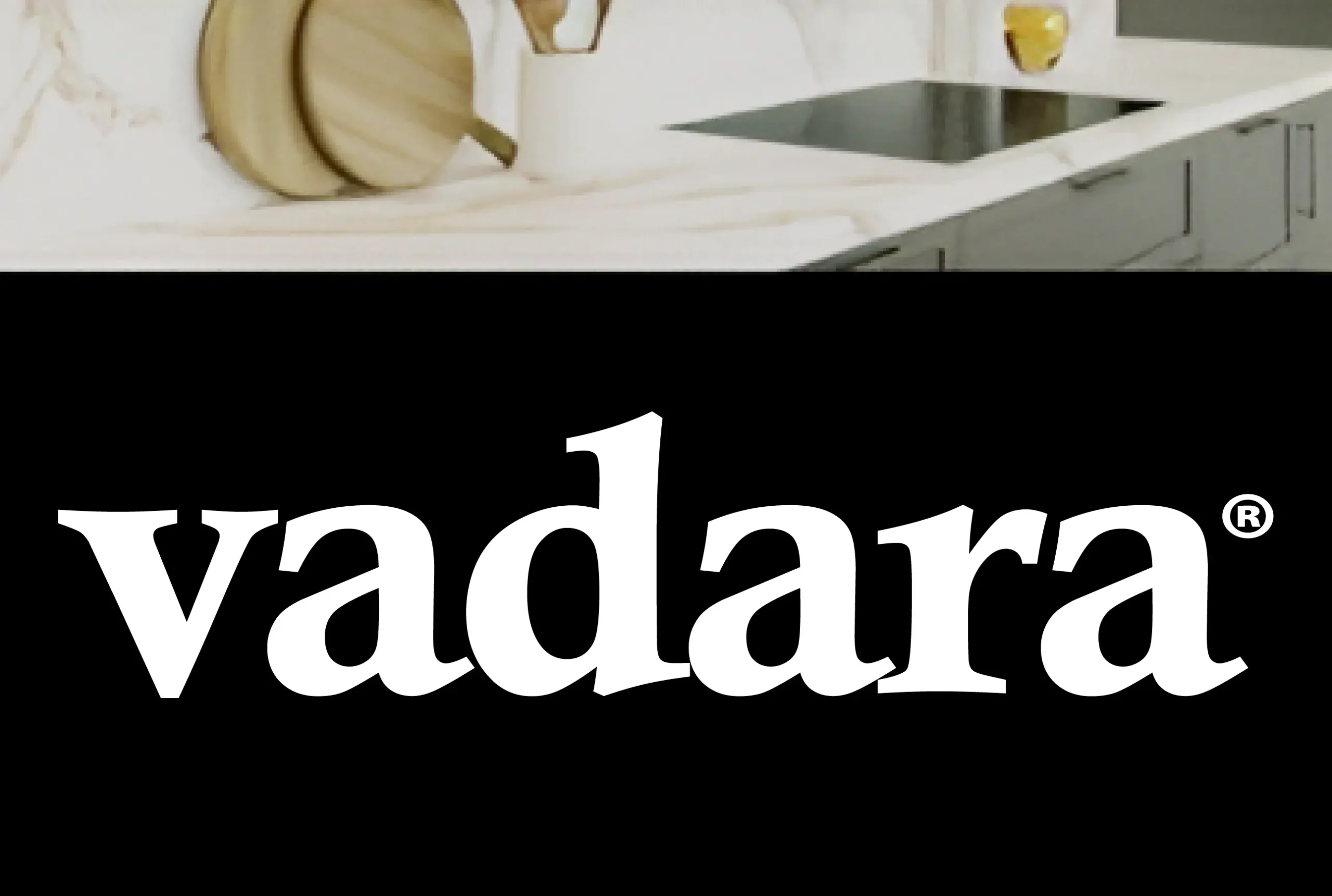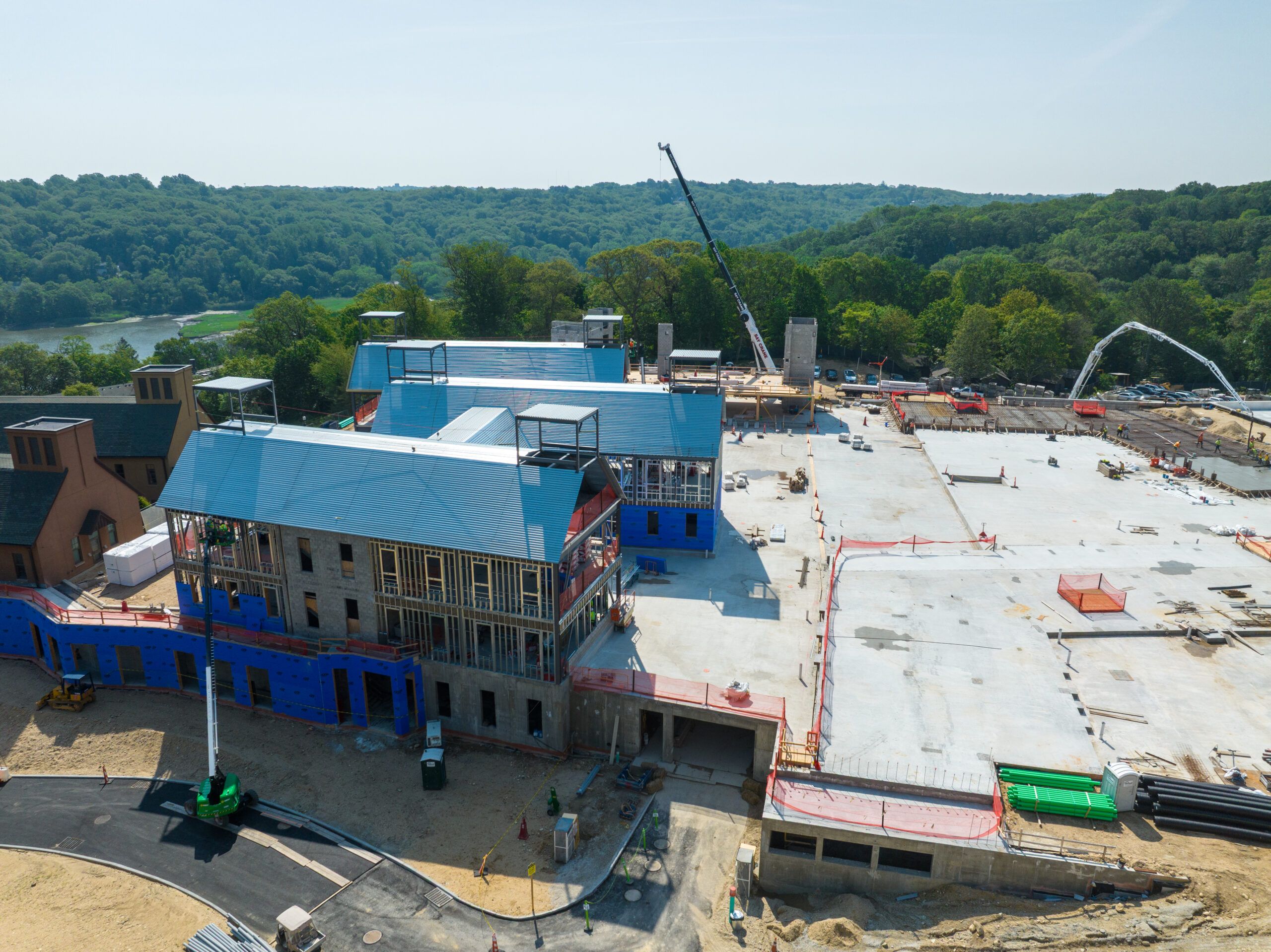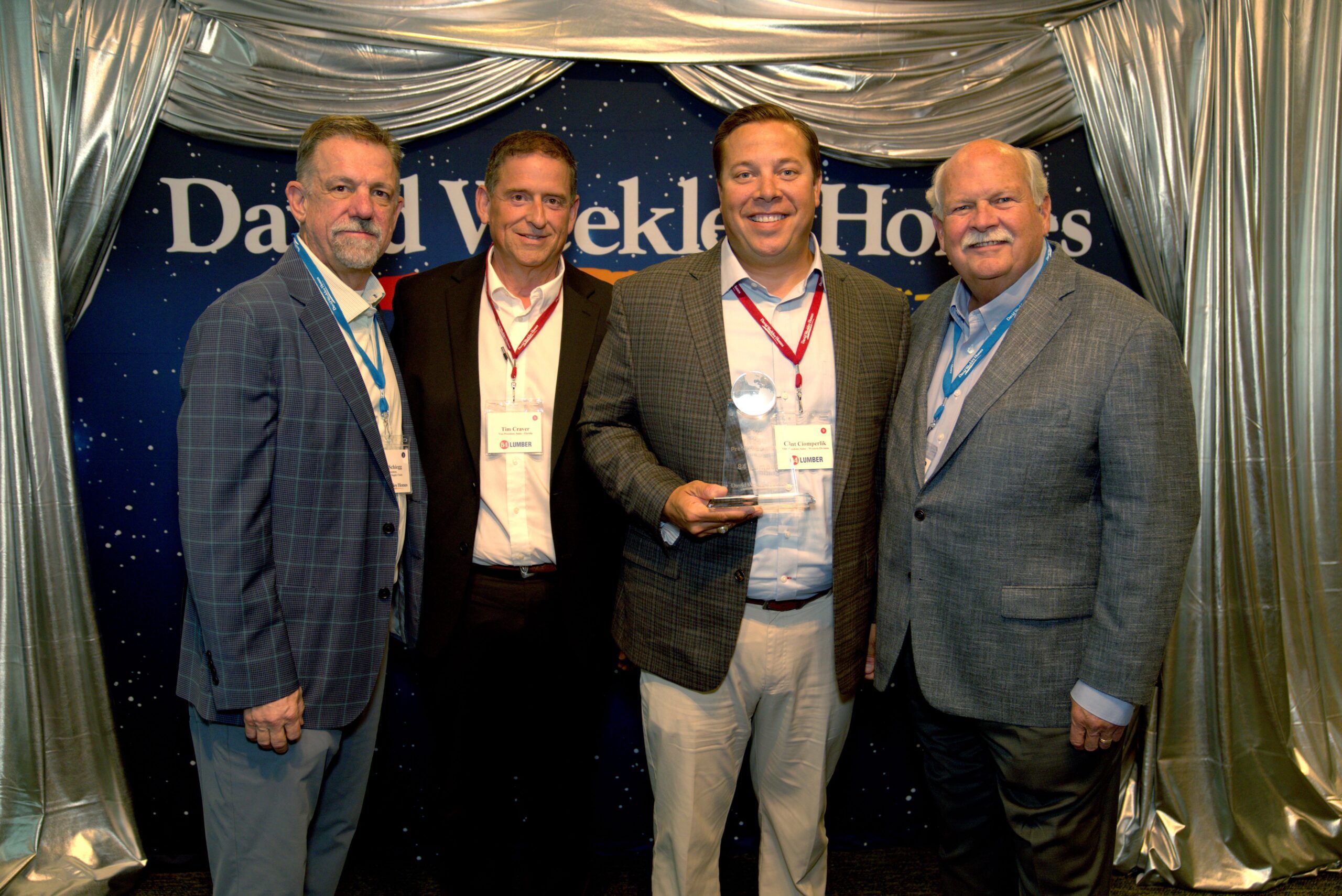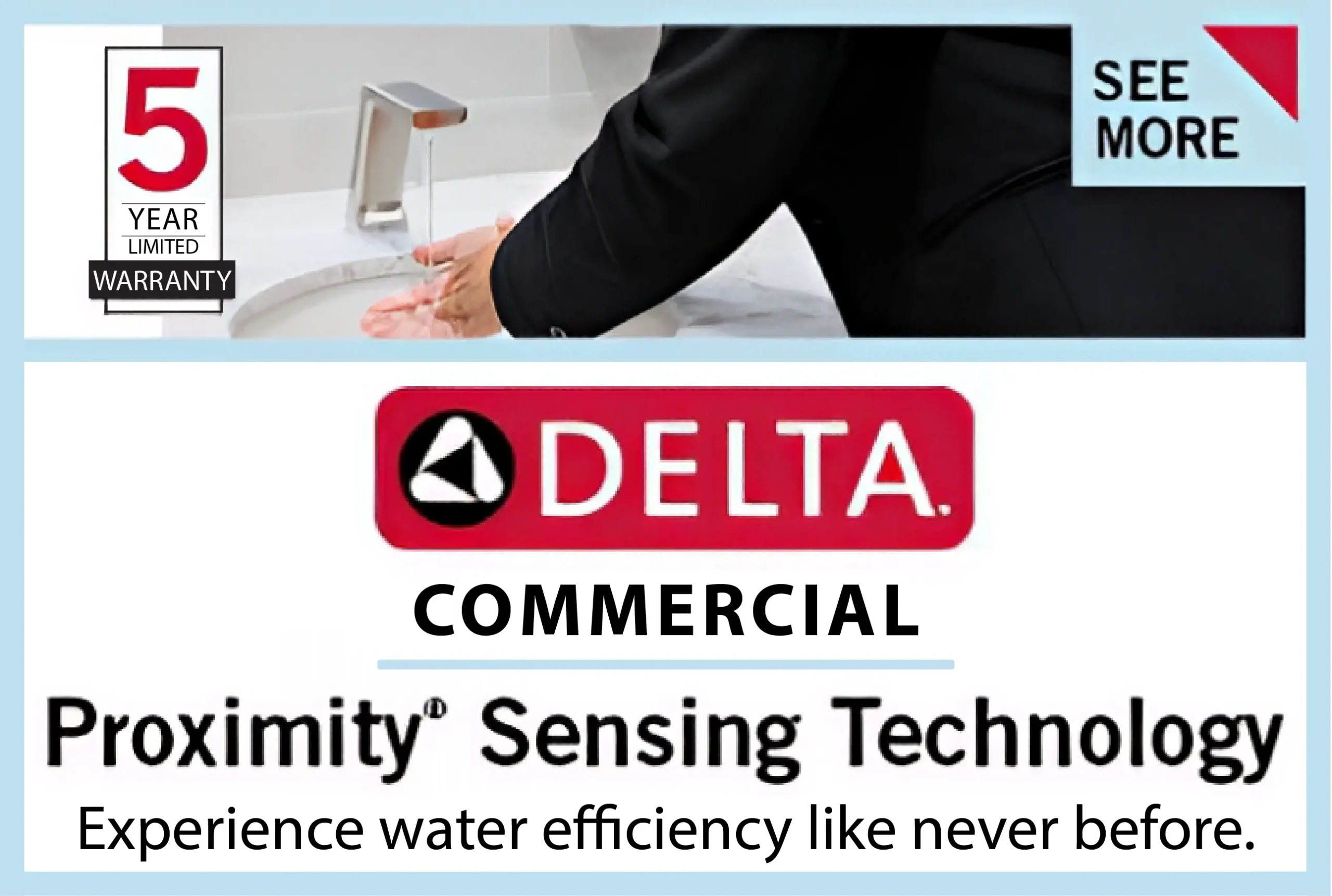Pennsylvania homes go through it all—snowstorms in February, humidity in July, and temperature swings that can vary by 40 degrees in just a few days. In that kind of climate, your roof isn’t just a cover. It’s a key part of your home’s energy use.
An energy-efficient roof helps keep indoor temperatures stable. That means less strain on your heating and cooling systems. Lower energy bills. And fewer problems like ice dams, attic heat, or moisture buildup.
But what actually makes a roof energy efficient in a place like Pennsylvania?
It’s not just about the shingles you choose. It’s a mix of insulation, ventilation, surface materials, and how well everything is installed. This guide breaks down each of those parts—clearly, step by step. Whether you’re upgrading or replacing your roof, this is what to focus on if you want a more efficient home.
Insulation and ventilation
Before you think about shingles or solar-reflective coatings, start with what’s underneath. In Pennsylvania, where winters are cold and summers are humid, the attic space is where energy gains and losses happen first.
Insulation acts like a thermal barrier. In winter, it keeps warm air from rising and escaping through the roof. In summer, it helps block heat from radiating down into your living space. If the insulation is thin, outdated, or missing in key areas, your HVAC system has to work twice as hard. That means higher energy bills and uneven temperatures inside the home.
For most Pennsylvania homes, especially those built before 1990, insulation levels are often below current recommendations. Upgrading to at least R-38 to R-60 in attic insulation can lead to measurable savings. Homes with modern insulation have been shown to cut heating and cooling costs by 15% or more annually.
Ventilation keeps air moving through the attic, which is just as important. Without proper airflow, heat and moisture build up under the roof. In the winter, that leads to ice dams and rot. In the summer, it traps heat that radiates down into your home. Both problems reduce energy efficiency and damage roofing materials over time.
A well-ventilated roof uses ridge vents, soffit vents, or gable vents to keep air circulating. That circulation lowers attic temperatures, protects materials, and helps insulation do its job effectively.
Roofing Materials That Improve Energy Performance
Once your attic is properly insulated and ventilated, the next factor is what covers the roof itself. Different roofing materials absorb, reflect, and transfer heat in different ways. That matters in Pennsylvania, where summer sunlight can heat a dark roof above 150°F, and winter nights can drop below freezing.
- Asphalt shingles: They’re affordable and widely available. But not all asphalt shingles perform the same. Some are now made with reflective granules that reduce heat absorption. These are sometimes called “cool shingles” or ENERGY STAR®-rated shingles. They reflect more sunlight and absorb less heat, which helps keep your attic cooler in summer.
- Metal roofing: It offers even stronger performance. It reflects solar energy better than traditional shingles and cools down faster at night. When paired with a reflective coating, metal roofs can lower roof surface temperatures by up to 50°F on hot days. That reduction translates to lower indoor temperatures and less air conditioning use.
If your home has a low-slope or flat roof, single-ply membranes like TPO or PVC are worth considering. These materials are often white or light-colored and designed specifically to reflect solar heat.
The goal is about choosing the most efficient version of what fits your home’s structure and style. A dark shingle absorbs more heat. A lighter or reflective one absorbs less. That one decision can change your attic temperature by 20 to 40 degrees.
Tilcor Stone Coated Roofing System
Tilcor stone-coated steel roofing offers a unique blend of traditional look and modern energy efficiency, a compelling choice for Pennsylvania homes.
Tilcor panels mimic the appearance of classic materials like slate, shake, or tile but are crafted from lightweight steel. They feature a reflective coating that reduces roof surface temperatures by up to 50 °F, which greatly improves attic comfort in hot summers.
Key benefits include:
- Durability: Rated for extreme weather—hail, high winds, freeze-thaw cycles, and fire resilience—Tilcor steel roofs are built to last .
- Energy savings: The design creates a ventilated air space (“above sheathing ventilation”) under the panels, helping reduce attic heat gain and saving homeowners around 30% on cooling costs.
- Lightweight and strong: Despite replicating heavy materials like stone, Tilcor weighs less and poses fewer structural demands—ideal for retrofit applications.
This makes Tilcor an excellent option for Pennsylvania’s climate: it handles both hot summers and cold winters with ease, while improving energy performance year-round.
And here in Pennsylvania, American Remodeling Enterprises, an award-winning roofing contractor in Pennsylvania, is one of the few companies that install it the right way.
If you’re looking for a smart, stylish, and efficient roofing upgrade, Tilcor deserves serious consideration.
Conclusion
In Pennsylvania, the average homeowner spends around $3,600 a year on heating and cooling. That cost rises with inflation, especially in older homes with poor insulation or inefficient roofing. But replacing your roof with an energy-focused system can cut those annual expenses in a measurable way.
Based on modeling data, a household paying $300 a month in energy bills could save around $180 in the first year after installing an efficient roofing system. Over time, those savings compound. By year five, total avoided costs could exceed $1,000—and that’s assuming only modest improvements. With better insulation, reflective roofing materials, and correct ventilation, many homeowners report even greater reductions.
On top of the monthly utility savings, energy-efficient roofs often extend the life of HVAC systems. Less heat strain in the attic means your air conditioner doesn’t have to run as long or as hard. Over the years, this lowers wear and repair costs.
And if you ever decide to sell, a high-efficiency roof is a value-add. According to national data, roof replacements return up to 48.9 percent of their cost at resale. In Pennsylvania, where weather extremes are part of daily life, buyers take roof quality seriously.











